Minnan Xu-Wilson
Patient Subtyping with Disease Progression and Irregular Observation Trajectories
Nov 01, 2018

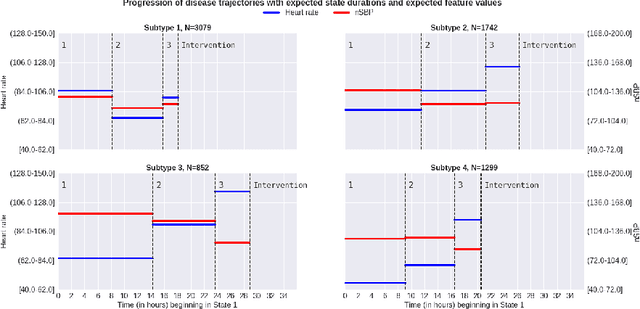
Abstract:Patient subtyping based on temporal observations can lead to significantly nuanced subtyping that acknowledges the dynamic characteristics of diseases. Existing methods for subtyping trajectories treat the evolution of clinical observations as a homogeneous process or employ data available at regular intervals. In reality, diseases may have transient underlying states and a state-dependent observation pattern. In our paper, we present an approach to subtype irregular patient data while acknowledging the underlying progression of disease states. Our approach consists of two components: a probabilistic model to determine the likelihood of a patient's observation trajectory and a mixture model to measure similarity between asynchronous patient trajectories. We demonstrate our model by discovering subtypes of progression to hemodynamic instability (requiring cardiovascular intervention) in a patient cohort from a multi-institution ICU dataset. We find three primary patterns: two of which show classic signs of decompensation (rising heart rate with dropping blood pressure), with one of these showing a faster course of decompensation than the other. The third pattern has transient period of low heart rate and blood pressure. We also show that our model results in a 13% reduction in average cross-entropy error compared to a model with no state progression when forecasting vital signs.
Large Scale Automated Reading of Frontal and Lateral Chest X-Rays using Dual Convolutional Neural Networks
Apr 24, 2018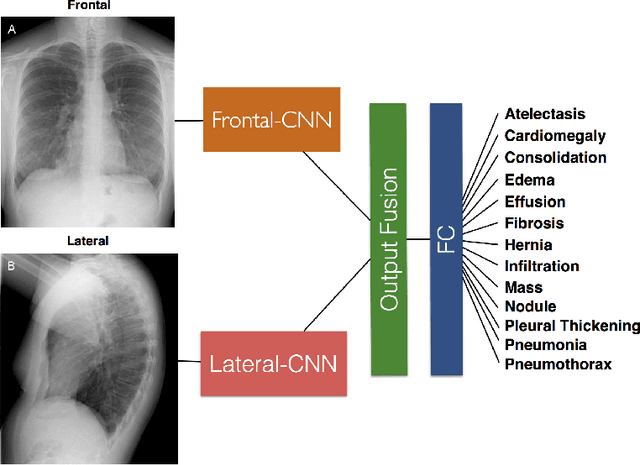
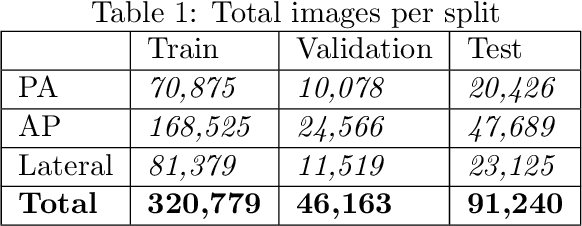

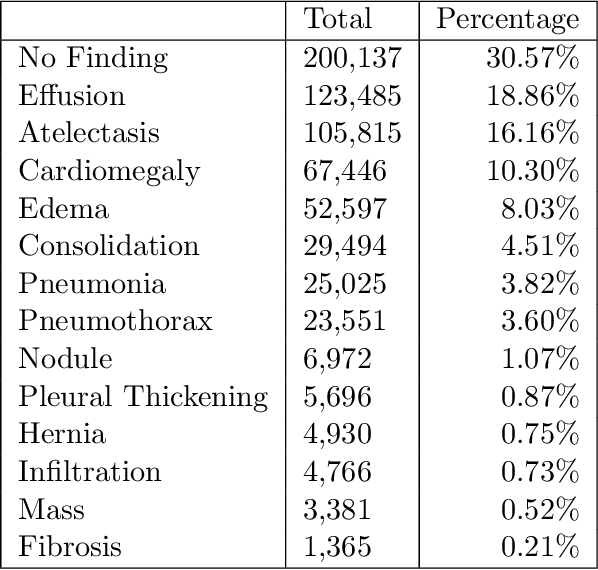
Abstract:The MIMIC-CXR dataset is (to date) the largest released chest x-ray dataset consisting of 473,064 chest x-rays and 206,574 radiology reports collected from 63,478 patients. We present the results of training and evaluating a collection of deep convolutional neural networks on this dataset to recognize multiple common thorax diseases. To the best of our knowledge, this is the first work that trains CNNs for this task on such a large collection of chest x-ray images, which is over four times the size of the largest previously released chest x-ray corpus (ChestX-Ray14). We describe and evaluate individual CNN models trained on frontal and lateral CXR view types. In addition, we present a novel DualNet architecture that emulates routine clinical practice by simultaneously processing both frontal and lateral CXR images obtained from a radiological exam. Our DualNet architecture shows improved performance in recognizing findings in CXR images when compared to applying separate baseline frontal and lateral classifiers.
An Ensemble Boosting Model for Predicting Transfer to the Pediatric Intensive Care Unit
Jul 16, 2017
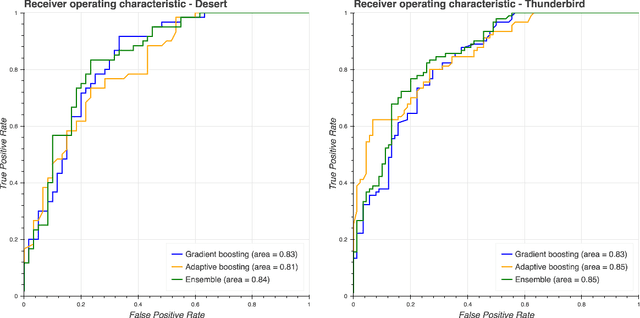

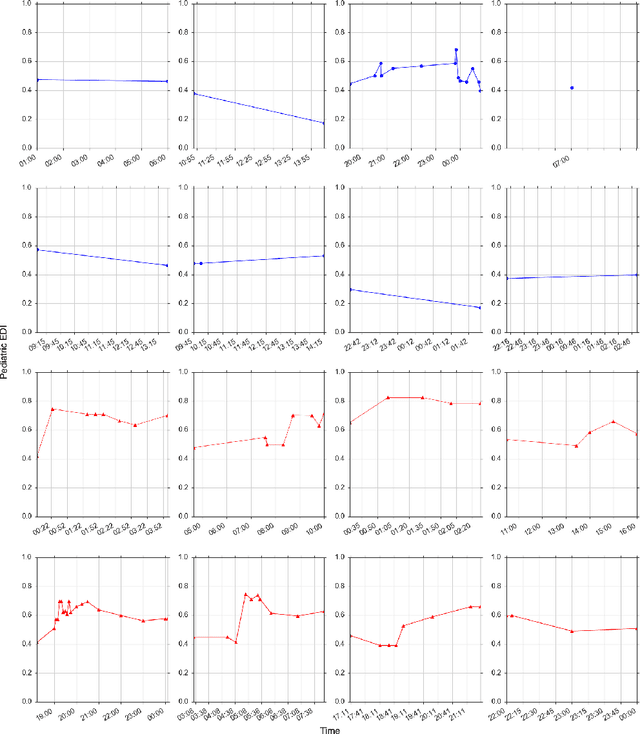
Abstract:Our work focuses on the problem of predicting the transfer of pediatric patients from the general ward of a hospital to the pediatric intensive care unit. Using data collected over 5.5 years from the electronic health records of two medical facilities, we develop classifiers based on adaptive boosting and gradient tree boosting. We further combine these learned classifiers into an ensemble model and compare its performance to a modified pediatric early warning score (PEWS) baseline that relies on expert defined guidelines. To gauge model generalizability, we perform an inter-facility evaluation where we train our algorithm on data from one facility and perform evaluation on a hidden test dataset from a separate facility. We show that improvements are witnessed over the PEWS baseline in accuracy (0.77 vs. 0.69), sensitivity (0.80 vs. 0.68), specificity (0.74 vs. 0.70) and AUROC (0.85 vs. 0.73).
 Add to Chrome
Add to Chrome Add to Firefox
Add to Firefox Add to Edge
Add to Edge